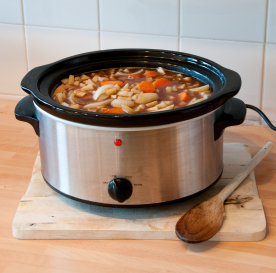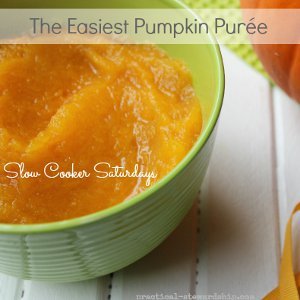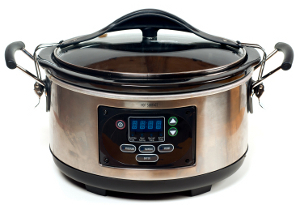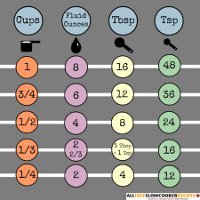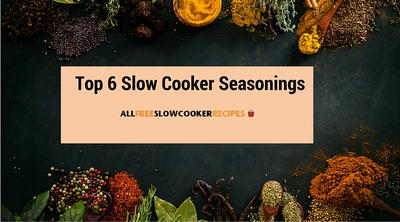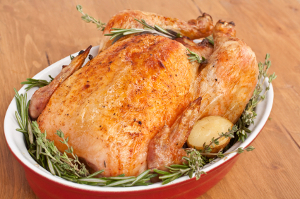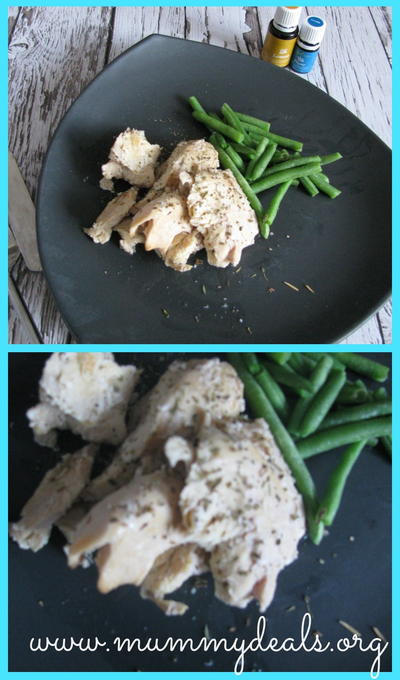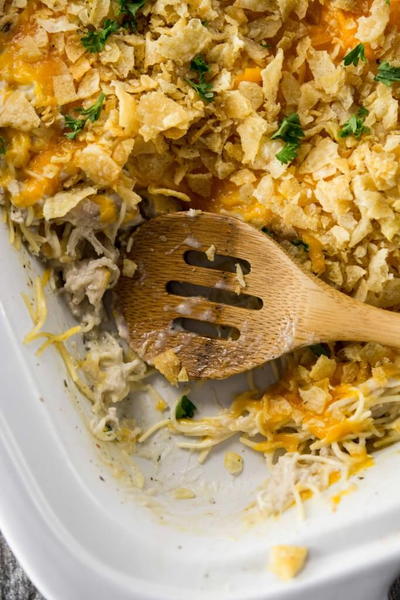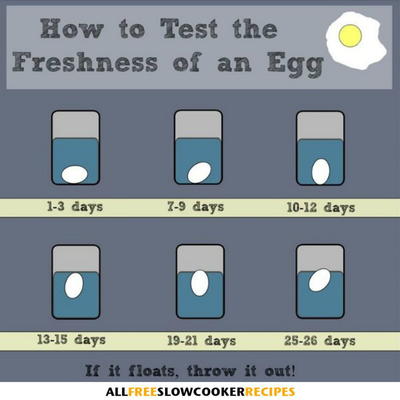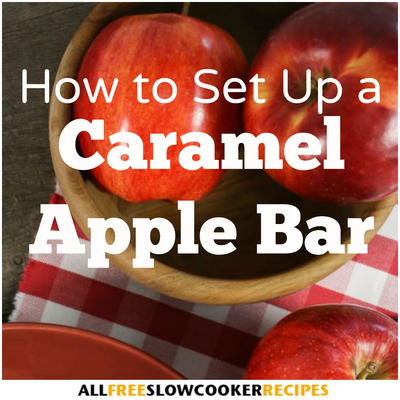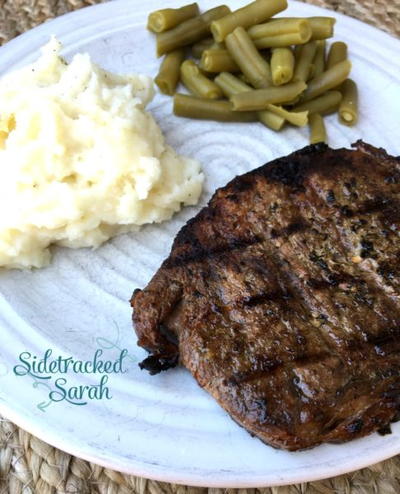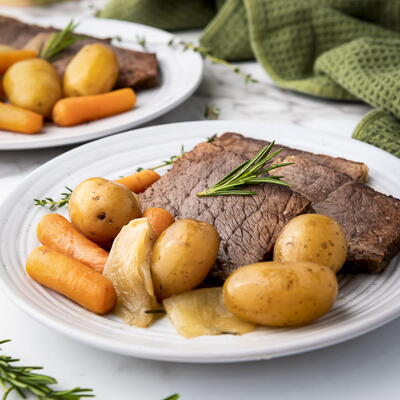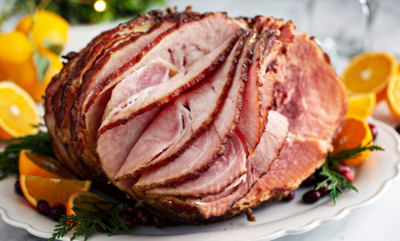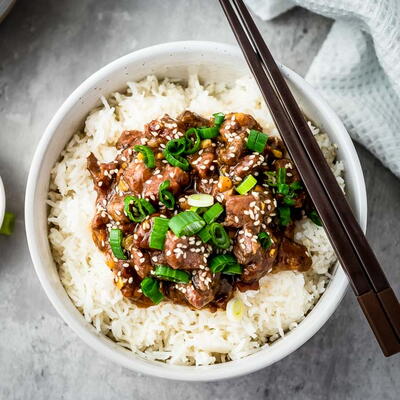Slow Cooker Tools And Safety Tips
To ensure the slow-cooking process is easy and safe, check out these slow cooker tools and safety tips that we've collected. Winter is not the only time a slow cooker is useful. In the summer, using this small electrical appliance can avoid heating up your house.
During any time of the year, a slow cooker can make life a more convenient because you let the slow cooker do all of the work for you. Plus, it takes less electricity to use your slow cooker. By using this appliance, you'll save money and make cooking a little easier. While a slow cooker is smaller than an oven and less dangerous than a stove, it is important to use it correctly. Follow these tips to guarantee a smooth cooking process.
Slow Cooker Tools and Safety Tips
Table of Contents:
-
Is a Slow Cooker Safe?
-
Safe Beginnings
-
Thaw Ingredients
-
Use the Right Amount of Food
-
Settings
-
Power Out
-
Handling Leftovers
-
Reminders
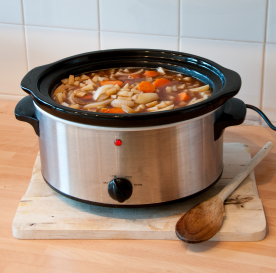
Is a Slow Cooker Safe?
Yes, the slow cooker, a countertop electrical appliance, cooks food slowly at a low temperature--generally between 170 and 280 degrees F. The low heat helps less expensive cuts of meat become tender and shrink less.
The direct heat from the pot, lengthy cooking, and steam created within the tightly-covered container combine to destroy bacteria and make the slow cooker a safe process for cooking foods.
Safe Beginnings
Begin with a clean cooker, clean utensils, and a clean work area. Wash your hands before and during food preparation.
Keep perishable food refrigerated until preparation time. If you cut up meat and vegetables in advance, store them separately in the refrigerator. The slow cooker may take several hours to reach a safe, bacteria-killing temperatre. Constant refrigeration assures that bacteria, which multiply rapidly at room temperature, won't get a "head start" during the first few hours of cooking.
Thaw Ingredients
Always thaw meat or poultry before putting it into a slow cooker. Choose to make foods with a high moisture content, such as chili, soup, stew, or spaghetti sauce. If using a commercially frozen slow cooker meal, prepare according to manufacturer's instructions.
Use the Right Amount of Food
Fill cooker no less than half full and no more than two-thirds full. Vegetables cook slower than meat and poultry in a slow cooker. If using them, put the vegetables in first. Then, add the meat and desired amount of liquid, such as broth, water, or barbecue sauce. Keep the lid in place, removing only to stir the food or check for doneness.
Settings
Most cookers have two or more settings. Foods take different times to cook depending upon the setting used. Certainly, foods will cook faster on high than on low. However, for all-day cooking or for less-tender cuts, you may want to use the low setting.
If possible, turn the cooker on the highest setting for the first hour of cooking time and then to low or the setting called for in your recipe. However, it's safe to cook foods on low the entire time — if you're leaving for work, for example, and preparation time is limited.
While food is cooking and once it's done, food will stay safe as long as the cooker is operating.
Power Out
If you are not at home during the entire slow-cooking process and the power goes out, throw away the food even if it looks done.
If you are at home, finish cooking the ingredients immediately by some other means: on a gas stove, on the outdoor grill or at a house where the power is on.
When you are at home, and if the food was completely cooked before the power went out, the food should remain safe up to two hours in the cooker with the power off.
Handling Leftovers
Store leftovers in shallow covered containers and refrigerate within two hours after cooking is finished. Reheating leftovers in a slow cooker is not recommended.
Cooked food should be reheated on the stove, in a microwave, or in a conventional oven until it reaches 165 degrees F. Then the hot food can be placed in a preheated slow cooker to keep it hot for serving—at least 140 degrees F as measured with a food thermometer.
Reminders:
- Fill cooker no less than half full and no more than two-thirds full.
- Add desired amount of liquid.
- Keep the lid in place.
Article courtesy of United States Department of Agriculture.
Read NextHow to Test the Freshness of an Egg
Your Recently Viewed Recipes
ashleroo
Jan 17, 2017
My favourite tip was about the amount that I should put in my slow cooker. I never really thought about there being a maximum or minimum that it should be filled! I would REALLY struggle though to throw out food if I thought the power had gone out. I am so cheap would have a hard time wasting it.
Report Inappropriate Comment
Are you sure you would like to report this comment? It will be flagged for our moderators to take action.
Thank you for taking the time to improve the content on our site.

